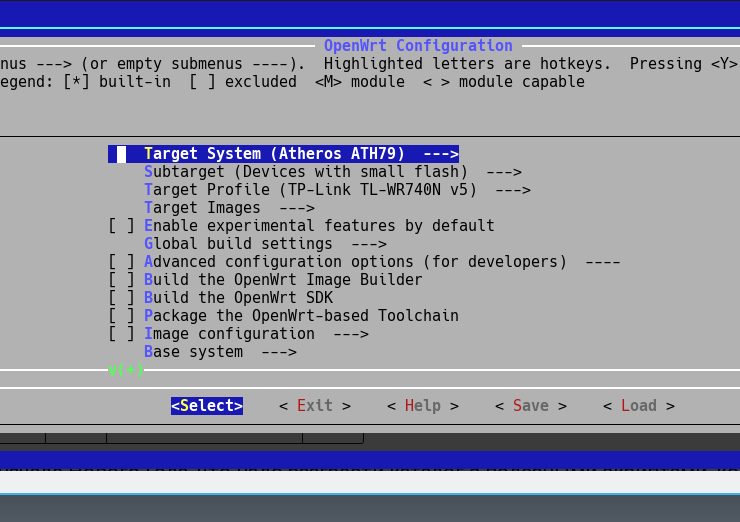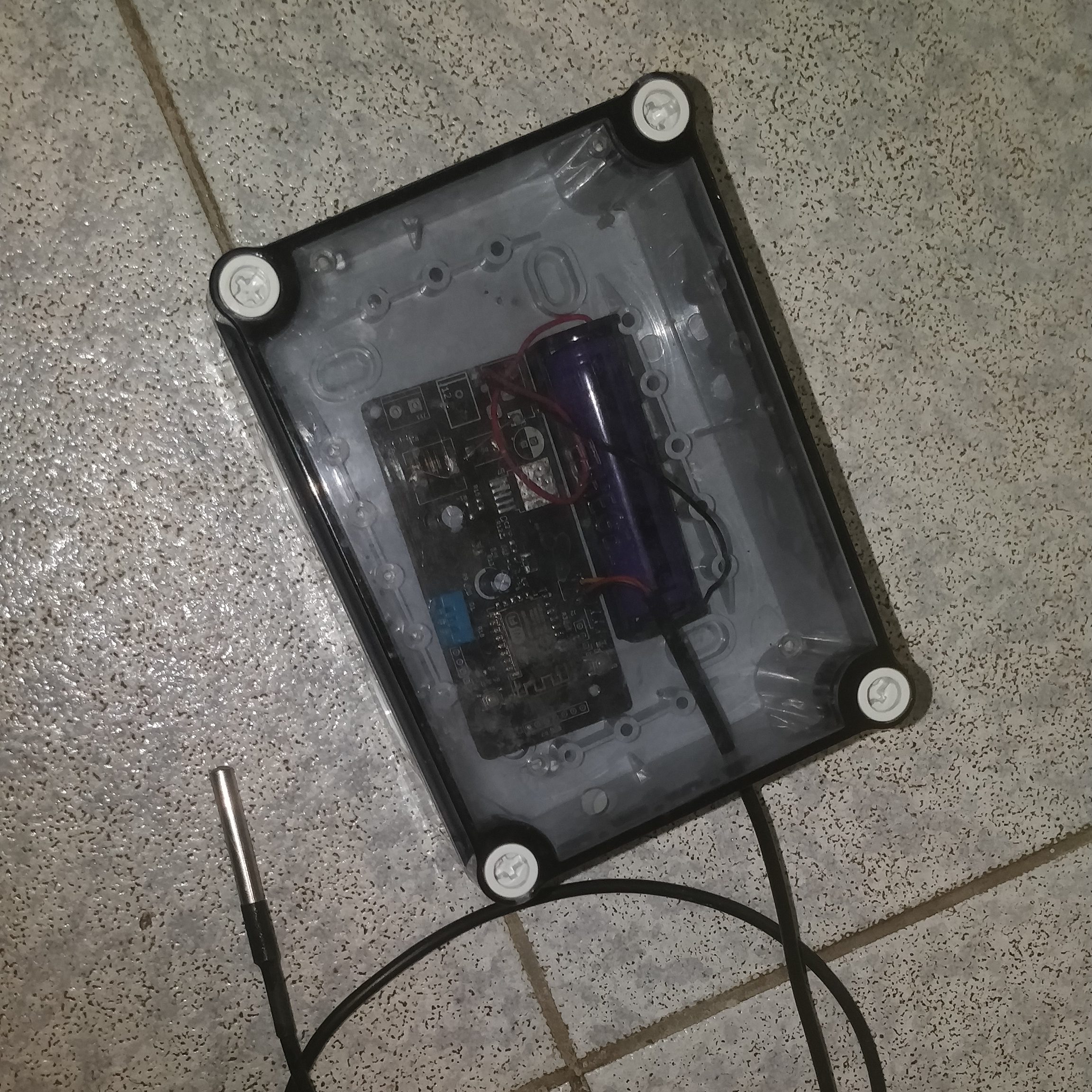Basically an SD card with WiFi. At one time there were even Transcend cards with OpenWRT on them, but they ran out quickly and I didn’t manage to get my hands on any of them. They were replaced by cards with an obscure chip from some weird lzeal. I managed to find a little to no documentation on them, except for a wild guess that there must be no embedded linux involved.
This stuff has very weird specifications. For instance, it doesn’t work in client mode – only in access point mode. There is no webdav and only a crappy web interface. In this post I decided to sum up the ways to make this thing at least more or less usable using common tools.




